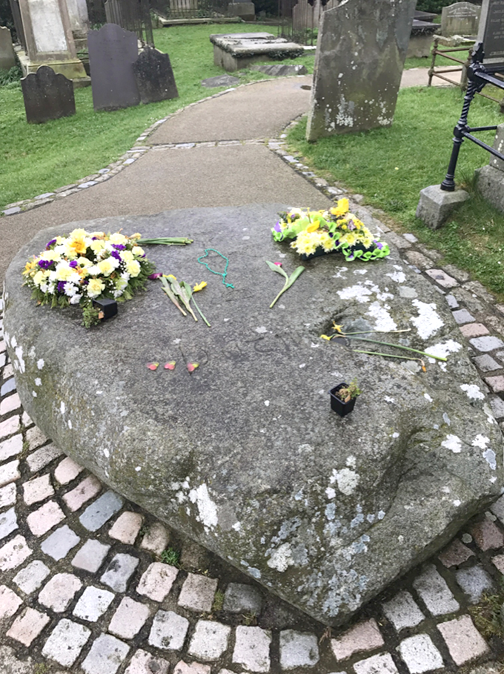
By Charly SHELTON
“Ego Patricius peccator rusticissimus et minimus omnium fidelum” (“My name is Patrick. I am a sinner, a simple country person, and the least of all believers.”) It is through these words, his own words, that we come to know St. Patrick. This is the opening line of his Confessio, written in the fifth century, in which Patrick recounts his story as humbly as possible. He was born Maewyn Succat (Latin: Magonus Succetus), the son of Calpornius, a deacon in Roman England, and at the age of 16 he was taken prisoner in a raid by Celtic warriors and pressed into slavery in Ireland.
After six years of service as a shepherd, he escaped and was smuggled away on a ship to return home. But then, God, who had alerted him to the presence of the ship in Ireland, came back to him and said he was to become a priest and take the word of the Lord to those who needed it in Ireland.
He was a former slave who returned to his captors to spread Christianity.
The legend of Patrick is still strong in Ireland and his feast day, the day of his death, is celebrated in Ireland and around the world. Patrick died March 17, though the year is uncertain. It is generally accepted that he arrived in Ireland in 432, and The Book of Armagh says, “the elder Patrick” died in 457, which could be referring to Palladius, another missionary who went by the name of Patrick. The Irish annals say that in 461/462, “Here some record the repose of Patrick.” And further still, in 492/3, the annals record the death of “Patrick, the arch-apostle (or archbishop and apostle) of the Scoti,” on 17 March, at the age of 120. Many scholars of Early Irish history take 493 to be the correct date because the annals record an entry in 533 stating “the relics of Patrick were placed sixty years after his death in a shrine by Colum Cille,” another Irish Saint.
Whatever the date, St. Patrick is reportedly buried on the hill at Downpatrick Cathedral, a former Benedictine Monastery built in 1183, along with Collum Cille (St. Columba) and St. Brigid. His burial site is a pilgrimage destination for millions around the globe and Downpatrick, County Armagh in Northern Ireland hosts visitors with its fantastic museums and tours of the town where Patrick lived and ultimately was laid to rest.
